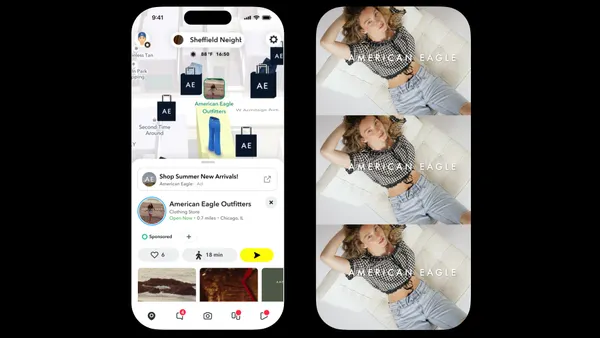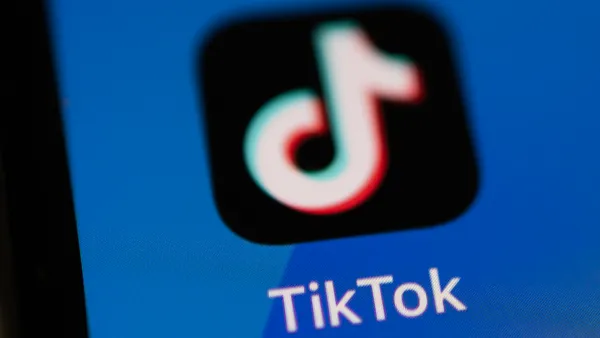Dive Brief:
- Amazon has added more than 50 new brands to its Dash button automatic reordering service, and now offers products through more than 250 different WiFi-connected Dash buttons, the e-commerce giant announced.
- The new Dash buttons represents products from partners such as Seventh Generation, Colgate, Emergen-C, Kingsford, Lifestyles and Rogaine.
- The announcement comes less than a week after Amazon allowed customers online access to virtual Dash buttons on its home page. The physical buttons cost customers $4.99 each, but new customers receive a credit in that amount with their first order through the program.
Dive Insight:
The Amazon Dash program has evolved in less than two years from a bizarre, kind of humorous idea that some presumed to be an April Fools Day joke into a business opportunity that Amazon refuses to let lie. Barely a week goes by without news that Amazon has tweaked the program in some way, added a new capability (like automatic candy orders) or wrinkle to it, or just plain added more buttons, brands and products.
Little is known about the real success of the program, and the amount of revenue it is bringing in for Amazon and its brand partners, and it's not like Amazon to disclose such details. The e-tailer claims that some of its Dash partners get more than half of their orders through Amazon via the Dash buttons, which certainly sounds encouraging, though we don't know which partners and products Amazon is referring to, or the actual volume of activity.
If Dash still isn't paying off too well, Amazon can afford to play around with the idea as much as it wants and maybe for as long as it wants. Partners, of course, can get antsy about the need to see some payoff, which makes us think the program must be doing pretty well. Partners like Whirlpool have been putting out Dash-enabled appliances for the last year, and don't seem to be hedging their bets.
Dash may not get the respect that some of Amazon's other innovations like the Alexa virtual assistant have received, but Dash and Alexa, along with a lot of those innovations, have the same aim: Make it easier for consumers to buy things from Amazon. The company is giving people so many ways to do that, each of these innovations can probably afford to mature and succeed at its own pace.













